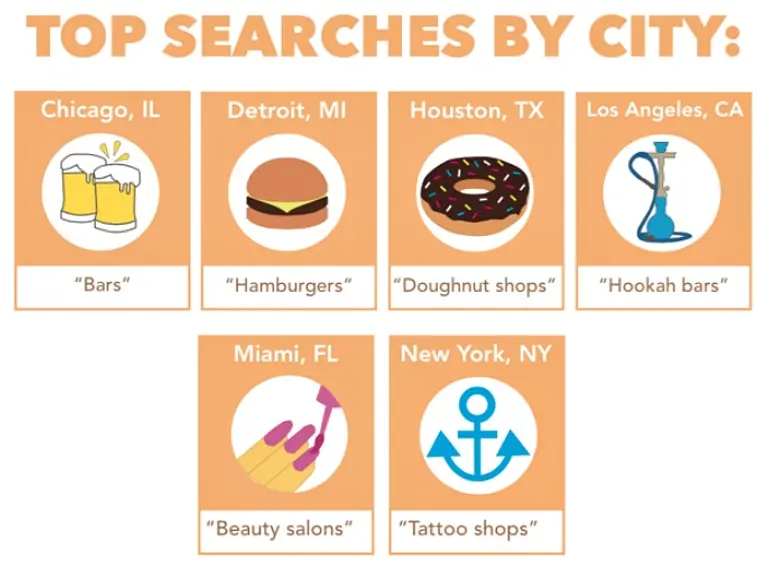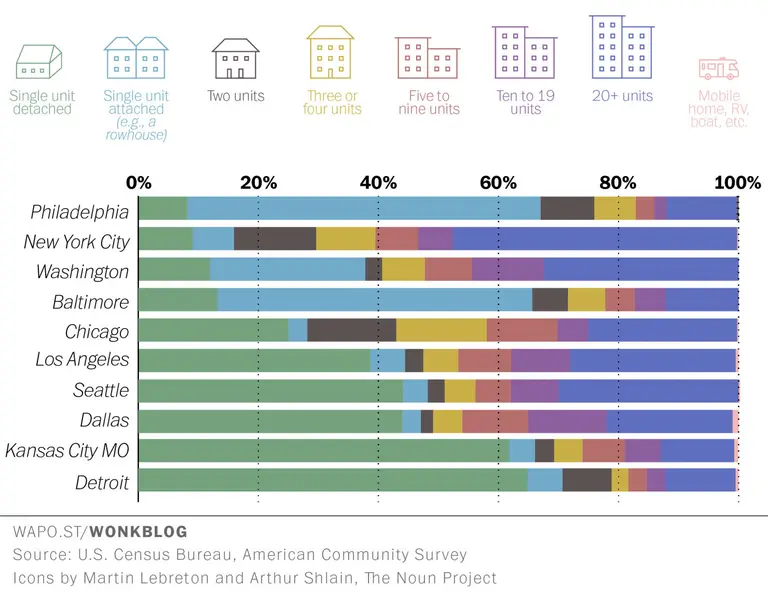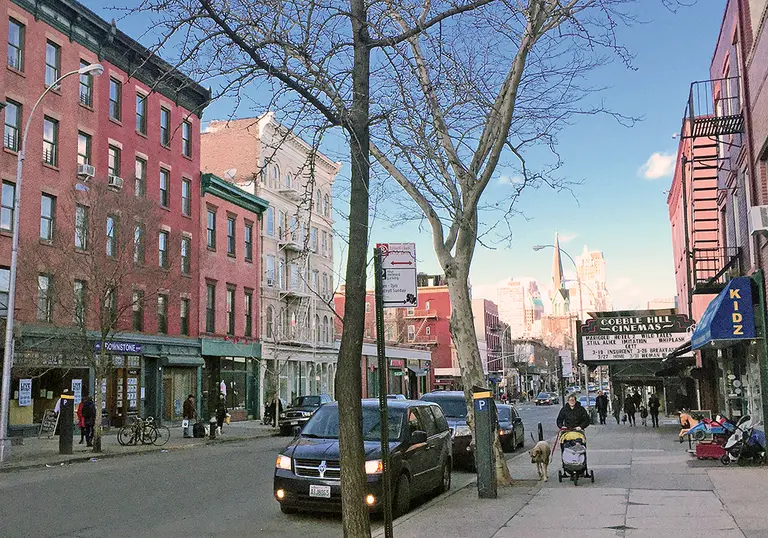
Infographic via CityLab
America’s Top Thanksgiving Searches Are More ‘Tattoo Shops’ Than ‘Turkeys’
More trends this way

Infographic via CityLab

Created by the Washington Post
Love him or hate him, not a day goes by anymore without Donald Trump making headlines. But the Donald was turning heads and raising eyebrows long before he launched his [fill in the blank] presidential campaign. As CityRealty notes, “Over the years, Donald Trump’s buildings have commanded a premium in New York’s pricey real estate […]
Last July we took a look at what the world’s top soccer players’ salaries are worth in NYC real estate. This summer, we’re delving into America’s pastime. And since tonight is the 2015 MLB All-Star Game, CityRealty created this fun infographic of the real estate that top-paid All-Stars can buy in NYC versus in their home cities. Considering that the […]








Happy Earth Day, friends! As climate change weighs heavy on many of our minds, it’s relief to know that there are developers and architects working hard to create a healthier, more sustainable built environment. Eco-friendly residential design has been on the rise in NYC over the last decade, with buildings today boasting everything from solar panels to greywater […]
On Monday we took a look at an infographic from CityRealty that shows how much more penthouse buyers pay compared to their neighbors directly below. Analyzing the top penthouse sales recorded in 2014, they found that “high-rise top floor buyers on average shell out 11 percent more per square foot for their pads than their counterparts just below. Looking at the average […]
 Know of something cool happening in New York? Let us know:
Know of something cool happening in New York? Let us know:

Bethesda Fountain Bethesda Fountain – Central Park via photopin (license)

Image via 6sqft flickr